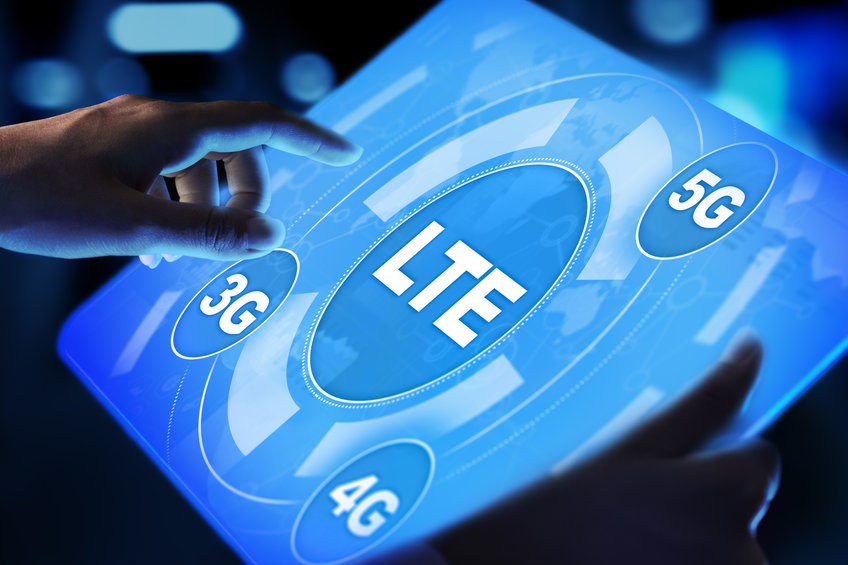Upgrade or disconnect? This is the stark choice facing 3G connected device users. The once-revolutionary mobile network is currently being rolled back across the world to make way for new and improved iterations. In doing so, however, millions of older devices face permanent disconnection.
This is because most Internet of Things (IoT) devices built for 3G are only compatible with 3G. So, without a modem upgrade or network switch, devices will cease to communicate. For example, BMW is currently notifying owners of older models that their 3G-connected cars will no longer have connectivity starting from this year, requiring the user to act now or accept the connectivity consequences.
The good news is that there is time to act, so let’s explore what users can do to avoid the fallout of the global ‘3G sunset.’
The halcyon days of 3G
Looking back, it’s clear that 3G ushered in a new era of telecommunications. In 1998, users wanted to do more things than possible with 2G technology. So, the industry innovated and brought forth the next generation.
3G was a game-changer. For the first time, users could access emails and media through their phones as fast as they could with their desktops. What’s more, the seemingly lightning connection speeds allowed for impressive capabilities. Video calls on the move and photos from friends thousands of miles away seemed like the stuff out of science fiction. And yet, thanks to the new network, this next-level technology was accessible from our back pockets.
Out with the old, in with the new
Much like the network it replaced, however, 3G was not intended to last forever. The upgraded 4G and 5G networks bring speeds and coverage to yet another level. With the ability to now load web pages almost instantaneously and stream video and music free from buffering, 3G has been on a downward trend for more than a decade. As a result, telecommunications providers have been planning to phase out 3G to free up space for the more advanced networks.
In much of the world, providers have deemed it time to ‘sunset’ the 3G network. Dates vary according to carrier and country, but the United States plans to discontinue the service this year. Meanwhile, Germany and Italy have already done away with the network.
This means that the estimated 3 million devices operating on 3G in the United States have little time to waste. If users fail to update the network connection, affected mobile devices will no longer be able to share or receive information.
3G users need to act — and act now
There’s little time to waste for users of 3G devices, especially in industries that depend on mobile connectivity for function. Take transportation, for example, which uses mobile logging devices to offer the best possible coverage for trucking fleets. Or consider grid transformers and smart water wells that operate in hard-to-reach locations. Without upgrading to the latest mobile networks connectivity, these mobile devices will soon be unable to communicate and essentially render them useless.
It is incumbent that users and industries in this position act and act now. This is possible by checking the device hardware and upgrading if necessary. For example, if the device counts a 3G modem, upgrade it to 4G or 5G. Also, while making such upgrades, users should further future-proof their devices by ensuring that their data is cloud compatible.
Unfortunately, there’s no simple solution. A 3G to 4G gateway is theoretically possible but expensive. And to make matters worse, modems are only interchangeable if supported by the hardware. While this is the case for connected cars, other devices will likely need to be replaced entirely by a newer model with upgraded connectivity.
Another solution is possible, although only for the short term, by switching mobile carriers. In the United States, AT&T shuttered its 3G service at the end of February. On the other hand, other carriers like T-Mobile and Verizon are not ending their services until June and December, respectively. So, if users aren’t yet ready to make the network upgrade, a carrier switch can offer an extra few months to make the transition.
Onwards and upwards for mobile connections
The 3G sunset poses an inconvenience to millions of users around the world – and yet there’s little they can do to stop it. Mobile carriers have already calculated that the benefits are great enough and the user base small enough that it is the right time to discontinue 3G. And, unfortunately for users, there’s no getting around the network shutdown. Countries around the world have laid out their disconnection timetables and, as covered, 3G devices will be unusable if not upgraded.
Users, therefore, must be proactive and make the network switch before it is too late. The silver lining is that better and faster network connections will result over the coming years. The network extinction will make it possible for telecom providers to redeploy the under-utilized and less-efficient 3G spectrum to better support next-generation technologies and services. For example, the latest network release, 5G, delivers up to 4 Gbps at peak speeds and promises to boost connectivity to levels never seen before. It remains to be seen what revolutionary applications this might hold for the coming year.
While the end of 3G is nigh, the future of 5G is just beginning.

